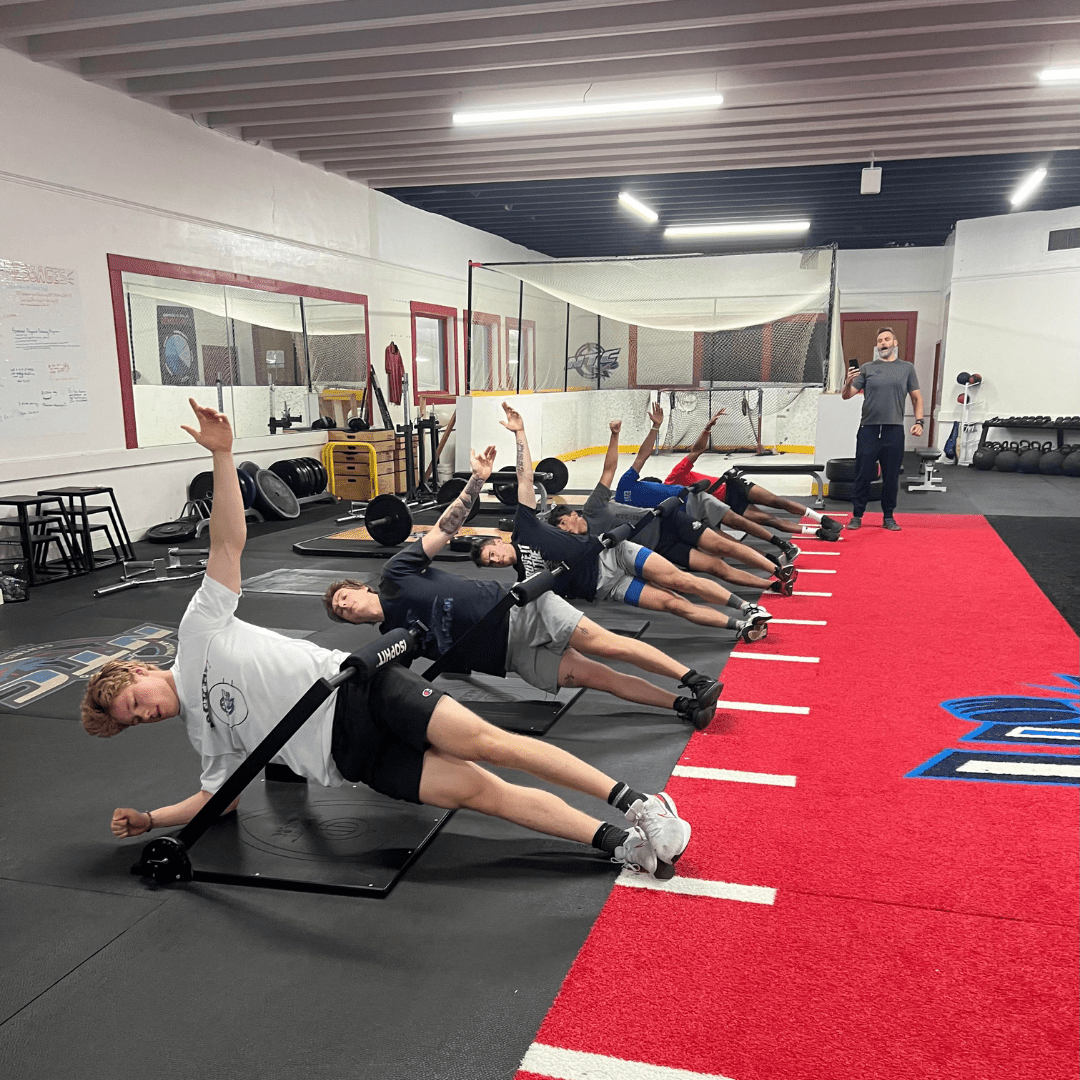If you’re a sports conditioning coach, athlete, or therapist. This information is vital.
Here’s why enhancing your tendon stiffness and neural activation through isometric strength training is so important.
During the initial 0-50 milliseconds of a muscle contraction there is a significant increase in isometric tension within the muscle-tendon unit. This phase plays a critical role in optimizing force transmission and preparing the muscle for efficient contraction.
The following elaborates on the increase in isometric tension during this phase:
1. Pre-Activation Phase: Before the muscle contraction begins, there is a pre-activation phase in which the muscle is prepared for action. The central nervous system sends neural signals to the muscle, initiating a cascade of events. This pre-activation serves to "prime" the muscle and tendon for force generation.
2. Activation of Muscle Fibers: As the neural signals reach the muscle fibers, the contractile units within the muscle cells, called sarcomeres, start to activate. This activation involves the sliding of actin and myosin filaments within the sarcomeres, leading to the generation of force.
3. Tension Development: As the sarcomeres activate, tension begins to develop within the muscle fibers. This tension is a result of the interactions between actin and myosin, which shorten the sarcomeres and generate force. The tension development occurs within milliseconds after the initiation of the pre-activation phase.
4. Transmission of Tension to Tendons: Simultaneously with tension development in the muscle fibers, this force is transmitted to the tendons. The tendons, composed of collagen fibers, start to experience an increase in tension as they connect to the muscle fibers. This tension is crucial for force transmission from the muscle to the skeletal system.
5. Rapid Tendon Stiffening: As tension is transmitted from the muscle to the tendons, the tendons undergo a rapid stiffening response. The collagen fibers within the tendons align themselves in the direction of the applied force, enhancing their structural rigidity. This rapid stiffening of the tendons further increases their ability to transmit forces and maintain joint stability.
6. Enhanced Isometric Tension: The combination of tension development within the muscle fibers and the rapid stiffening of the tendons leads to an overall increase in isometric tension within the muscle-tendon unit. Isometric tension refers to the force generated by the muscle without any change in muscle length. This increased tension is critical for stabilizing joints, maintaining posture, and preparing the muscle-tendon unit for subsequent dynamic movements.
The pre-activation and rapid tendon stiffening phase during a muscle contraction involve the development and transmission of tension within the muscle-tendon unit. This results in an increased isometric tension, which sets the stage for optimal force transmission, joint stability, and subsequent dynamic movements.
Understanding this phase is crucial for sports conditioning coaches, athletes, and therapists as it can influence performance, injury prevention, and rehabilitation strategies.
If your have any questions on the above information please ask.
Yours in Isometric Strength,
Brad Thorpe
CEO / Inventor
Isophit
Brad@isophit.com










Share:
Prevent and Resolve Tendon Pain
How Isometrically Strong Is Your Base of Support?